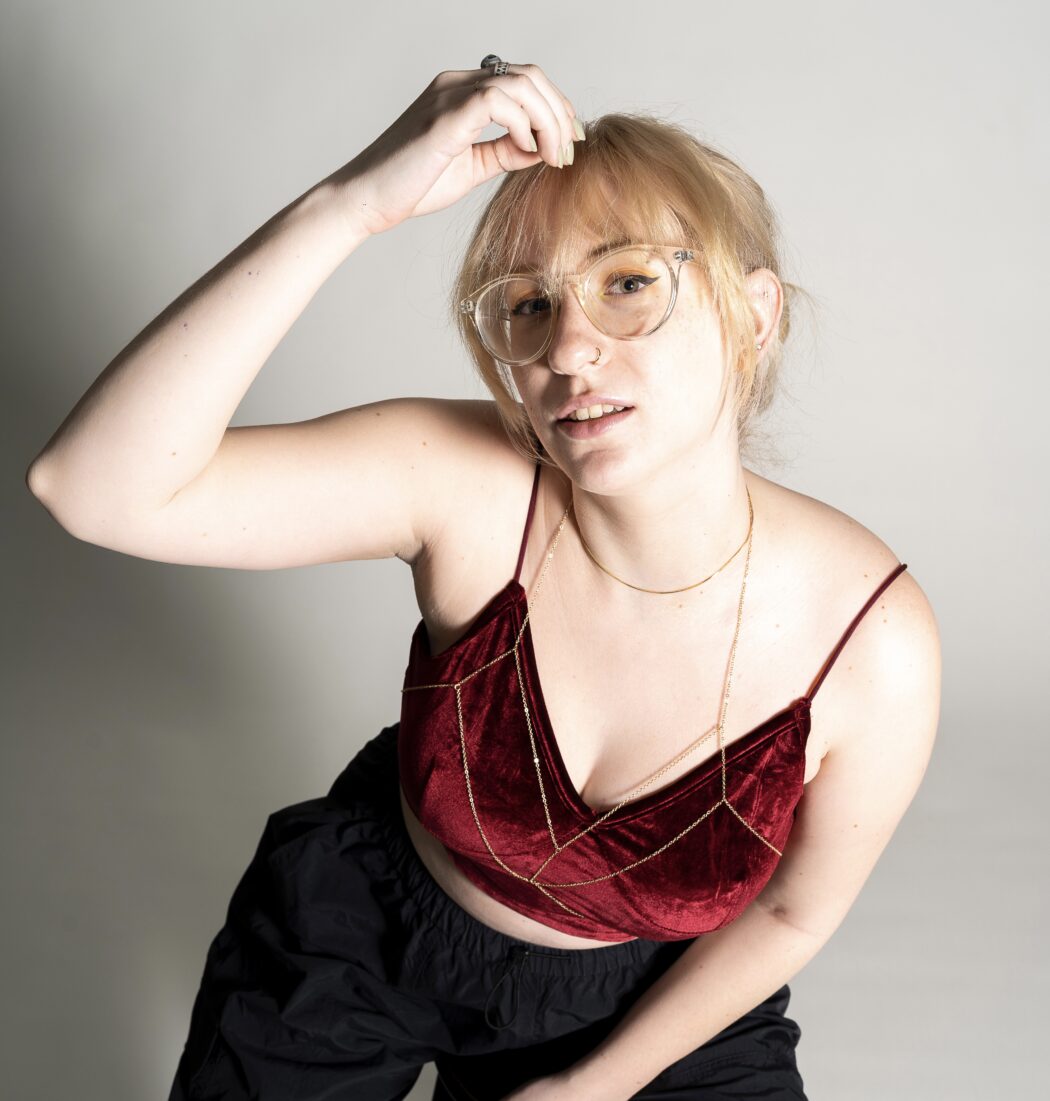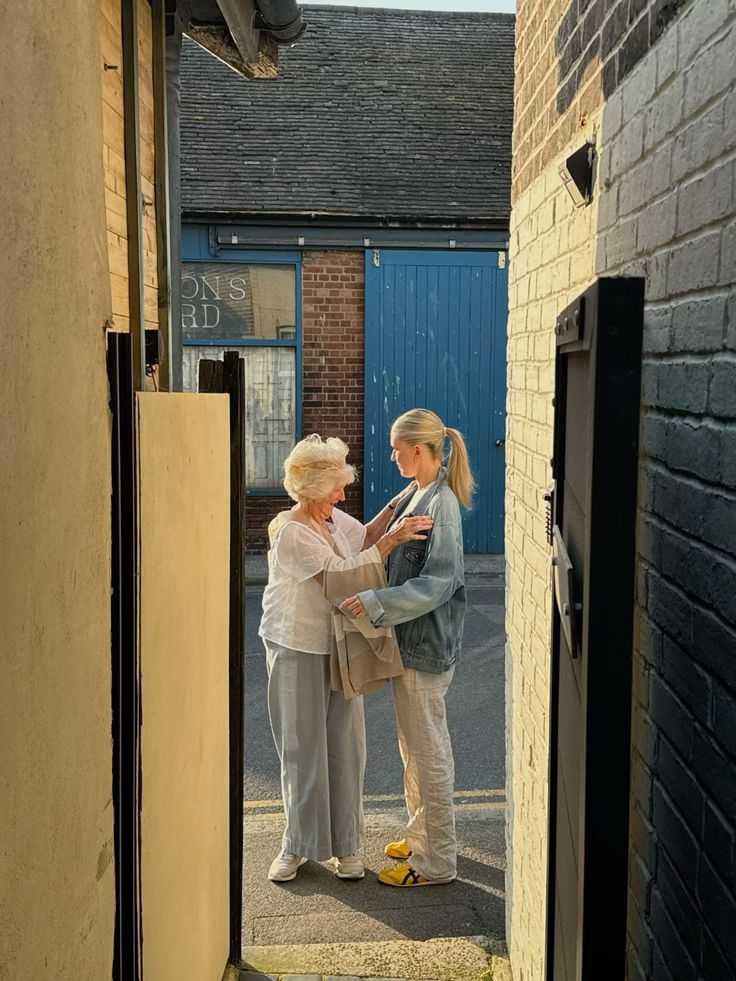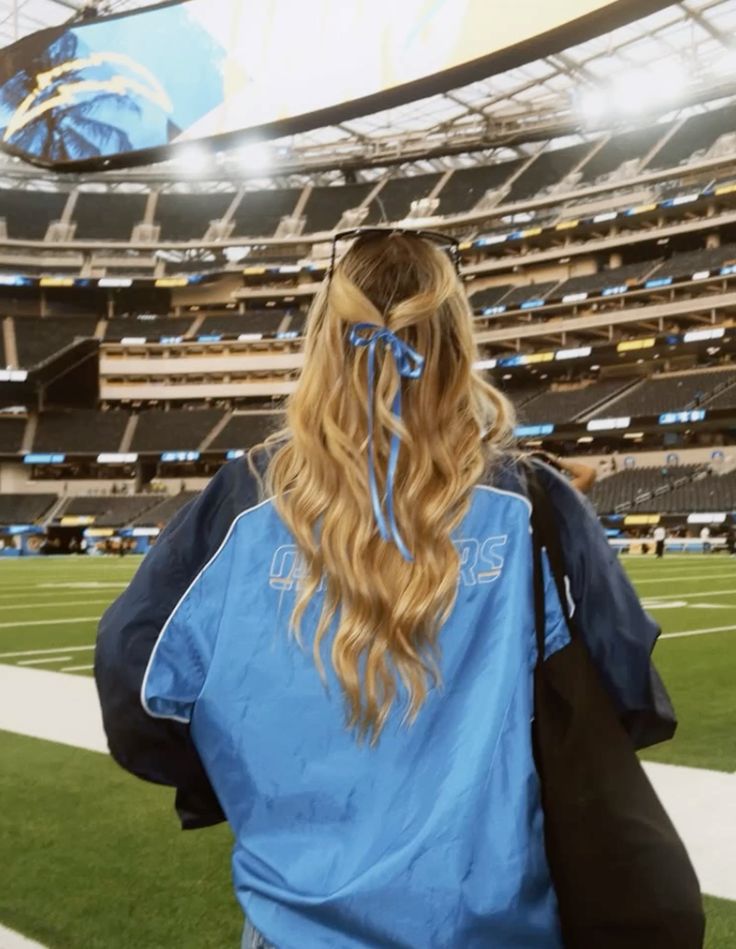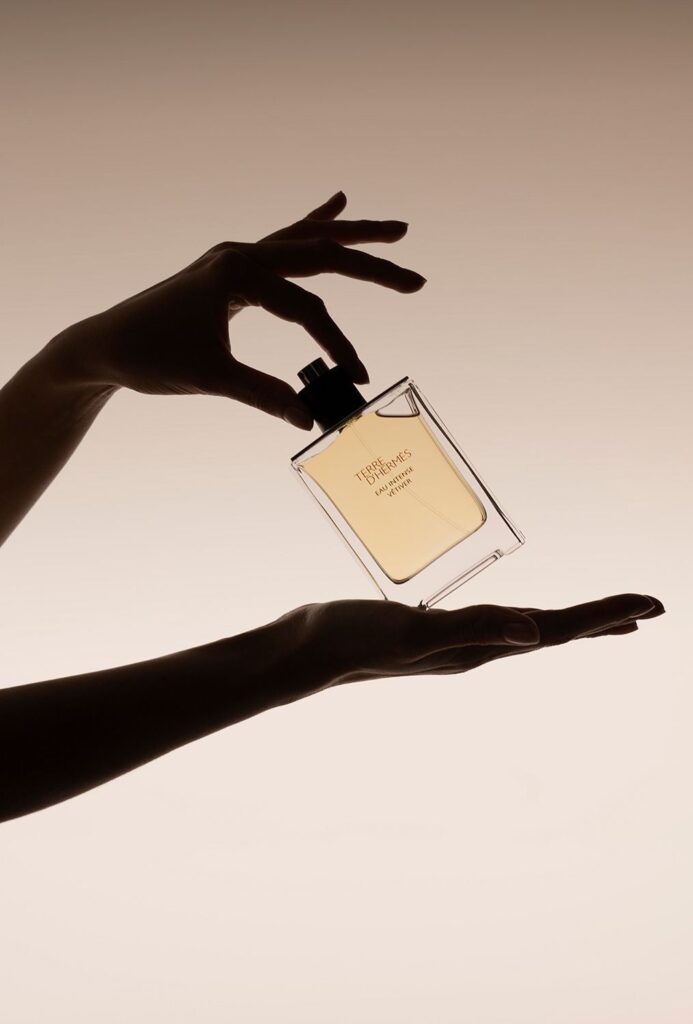Throughout the chaos that college life has to offer, sometimes it is important to stop and reevaluate yourself. This is what Lelaina Scott, a fourth-year pursuing an integrative arts degree, has found to be true.
Scott began her college career at the University of Pittsburgh in the fall of 2019 as a communications major — a major that she chose due to her fear of being unable to pursue a career in music post grad. “When I graduated [high school], like most people, going into arts majors is kind of tentative because it doesn’t make the most money when you graduate and it’s kind of hard to pursue after you graduate,” says Scott. However, after taking a couple music history classes, Scott decided to switch to music during her freshman year, a subject that she was truly passionate about.
Being a State College native, Scott’s decision to attend Pitt was partially to branch out of her hometown. When COVID-19 hit, the option to transfer to Penn State was something she had to consider, especially with the faculty discount she would receive with her parents working at the university. “I was ready to start fresh, do something new,” says Scott. “But I also didn’t realize at the time how clueless I was about what I wanted to do.”
Scott stayed at Pitt virtually for the spring 2020 semester while at home. Then, in the fall, she decided to transfer to Penn State, where she became an integrative arts major, with her main focus in visual arts and her secondary focus in music studies. This program allowed Scott to curate her major towards her interests, instead of having a strictly structured double major or major and minor.
Although Penn State has been great to her, the decision to transfer on top of the COVID-19 lockdown caused her to feel lost.
“It felt like I was on one path, getting used to college and finding what I wanted to do. It was like someone pulled the rug out from under me and I was back at square one — a square one I didn’t wanna be at,”
says Scott.
While she admits that her struggles with anxiety have always been there, Scott never really came to terms with them until she was sent home. “I struggled with childhood anxiety, which at the time, I thought was just me being nervous or being a weird kid,” says Scott. After joining rock ensemble in high school, Scott was able to overcome a lot of her social anxiety. Through that ensemble, Scott learned to get out of her comfort zone and pursue her passions despite her social anxiety.
Coming home forced Scott to confront herself about what has always been there — anxiety and depression. After a time of coping alone, Scott decided to reach out for help in Dec. 2020. Her parents, who understood what she was struggling with, were instrumental in getting her the help she needed. Scott began taking medication, talking to counselors at Counseling and Psychological Services (CAPS) at Penn State and seeking therapists on apps like Better Help.
While she is grateful for her family for their understanding, Scott is also thankful for the people around her. At the time that Scott sought help, her friends, who she refers to as her found family, were supportive of her. “My coworkers are some of my best friends, I reach out to them all the time.”
After reaching out for help, Scott found that she was able to be a better artist because she could get out of bed and take care of herself. Because of this, she found her passion for art once again.
I started doing my art and it was just such a good escape. I finally had a purpose. I could express my passion again.
Scott began painting people mostly, starting with portraits of her idols in the music industry like David Bowie. Because art is a very collaborative medium, Scott had to get creative with how to work with others during the pandemic. “I used people I would come across in magazines … and sometimes I would reach out to the photographer,” says Scott. “I reached out to local photographers as well because I thought that would be a really good way to get in touch with the community again.”
Many in the art community have felt rejection, and Scott is no exception. This process can be harder for artists because so much of their work incorporates themselves. Therefore, some rejection can feel too personal.
To not let the rejections get to her, Scott focuses on what she is picked for, such as her first solo exhibition in March at the Patterson Gallery. Her exhibit features an array of pieces of her dynamic and colorful art that takes a new spin on the traditional museum style.
“Typically when you go to a museum, the paintings are behind glass or there’s even a rope separating you physically from the painting,” says Scott. “I’m going to have the instruction that people can touch my artwork … There are some pieces that have interactive elements, some 3D elements, and I just want people to be able to come in and interact with it.”
Because of her perseverance and ability to stop and reflect, Scott pushes herself as an artist and as a human being. She plans on moving back to Pittsburgh after graduation, where the art is most inspiring to her. She hopes to get involved in the art scene, whether that is with an art residency with an established artist or teaching art classes.
While Scott is beginning this new era of her life, her resilience from her past has taught her the importance of being there for herself.





